Gaia Space Telescope challenges theories about gravity!
The study has unveiled a perplexing "gravitational anomaly" that challenges our foundational comprehension of the universe.
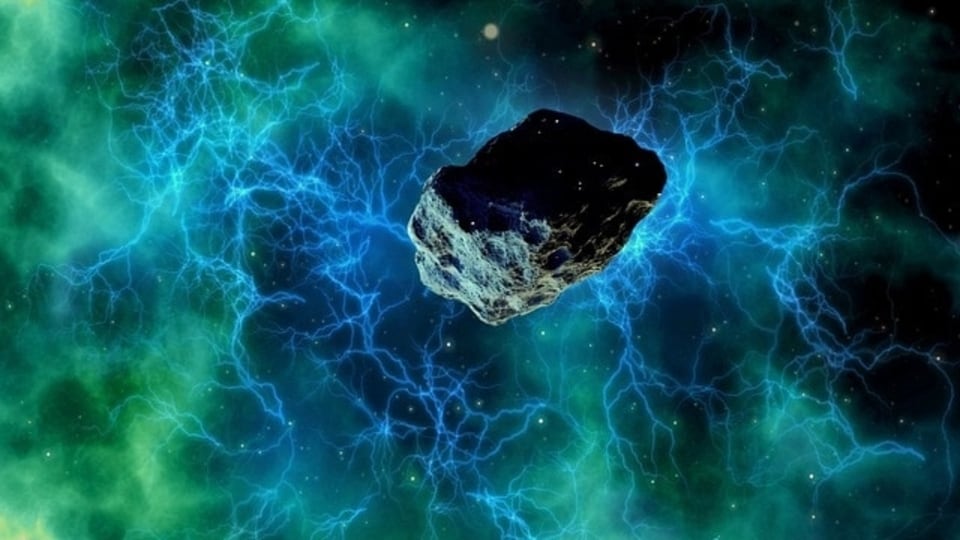
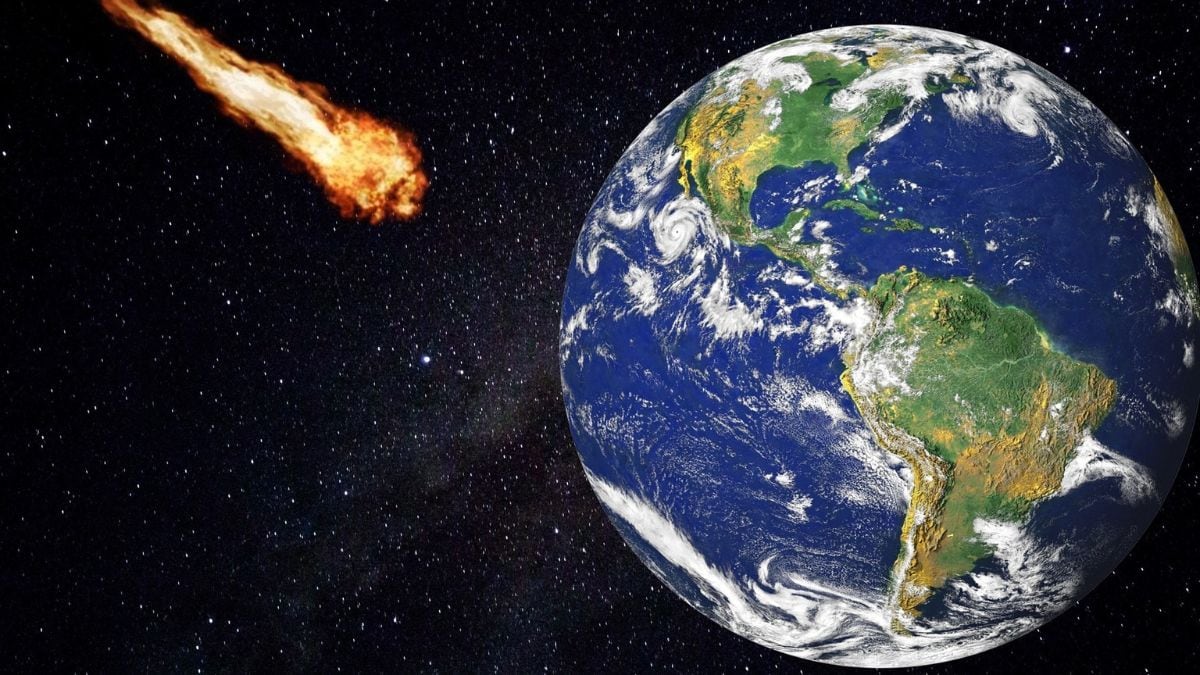
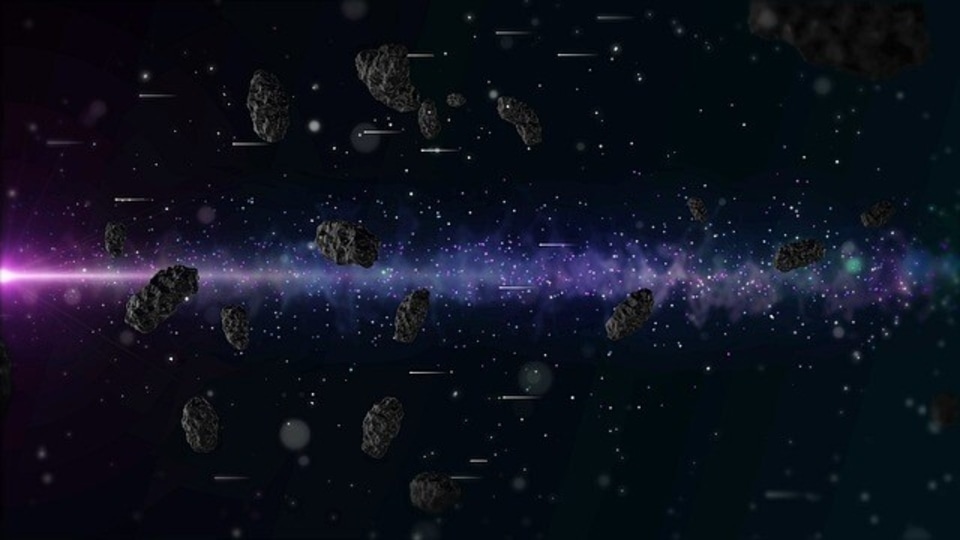
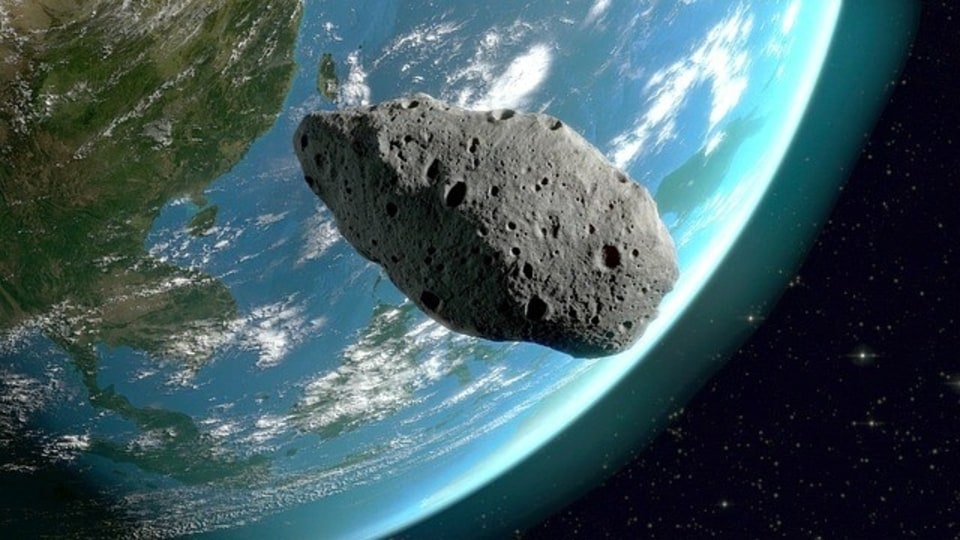
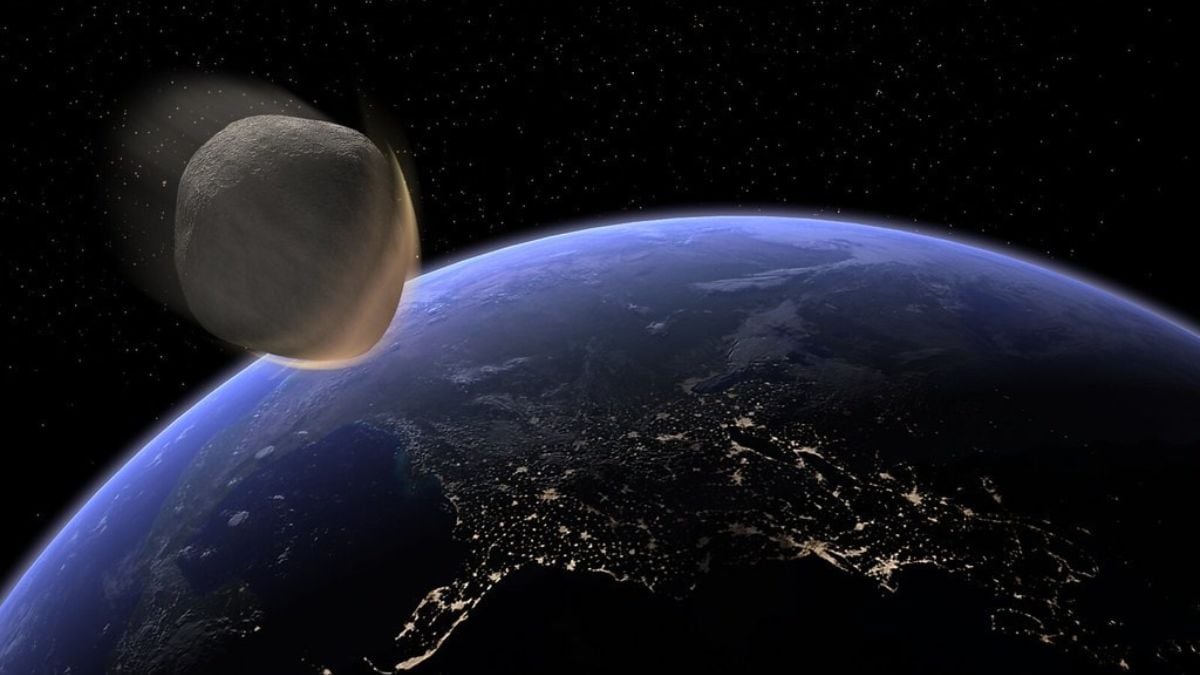
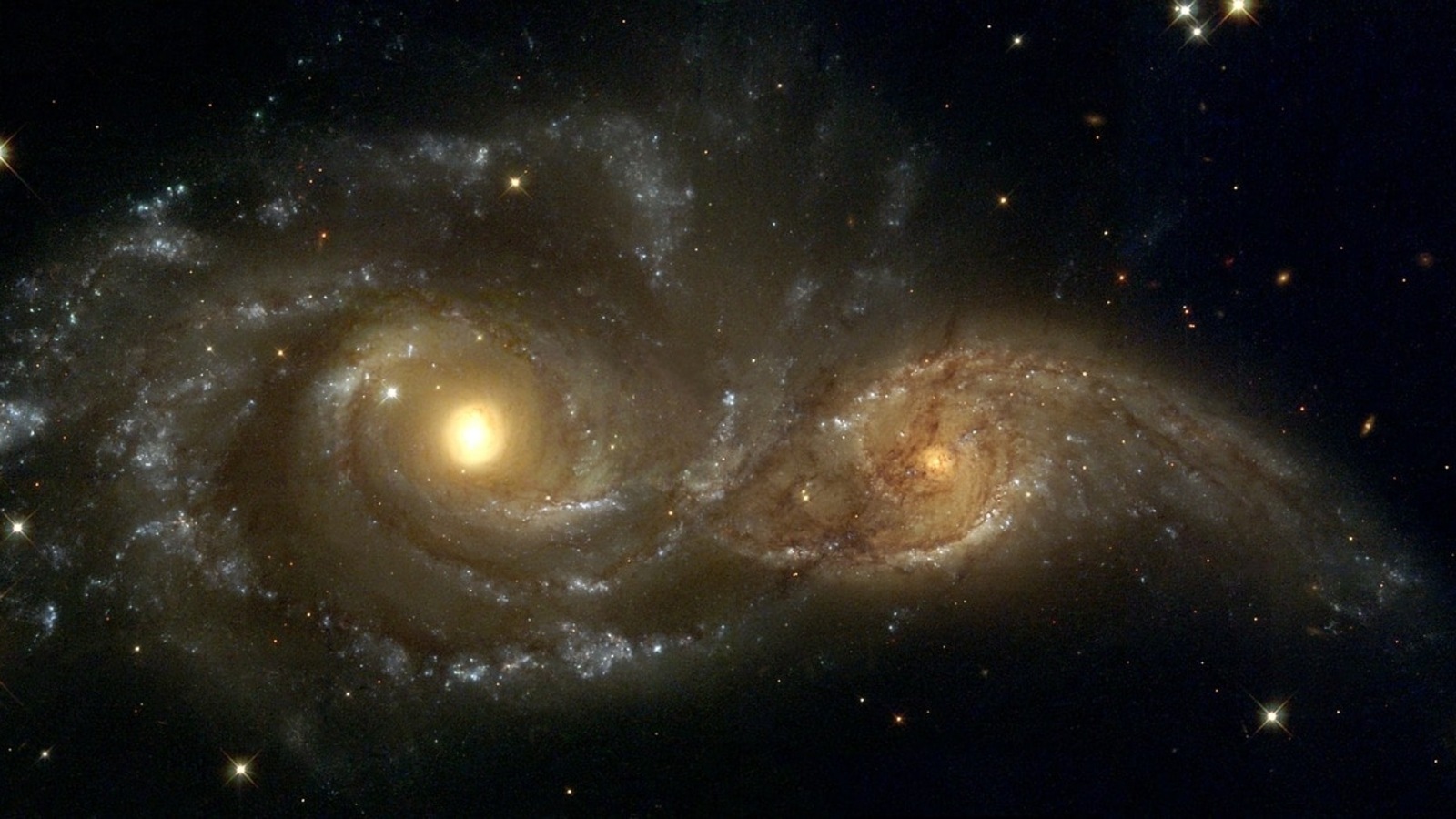
 View all Images
View all ImagesDo you think theories about gravity can be wrong? Well, recent studies have challenged the gravitational theories of Newton and Einstein. According to the theory of general relativity, gravity is the result of distortions in space-time created by mass and energy. But, ESA's Gaia Space Telescope data seems to suggest otherwise. Gaia, short for the Global Astrometric Interferometer for Astrophysics, is a European Space Agency astronomical observatory mission.
Discovery that defies the Theory of Relativity
Data collected from the European Space Agency's Gaia space telescope with a billion-pixel resolution has revealed a perplexing "anomaly" that challenges our foundational comprehension of the cosmos. This anomaly manifests when loosely bound stars exhibit movements that defy the conventional theories of gravitational models proved by Albert Einstein and Isaac Newton.
According to a report by The Next Web, the astronomer who discovered this phenomenon is Kyu-Hyun Chae from South Korea's Sejong University. His investigation into binary star systems, where two stars orbit one another, revealed a deviation from Newton's universal law of gravitation and Einstein's general theory of relativity when accelerations remain below 0.1 nanometres per second squared.
This discovery casts doubts on the validity of 'dark matter,' which has often been invoked to elucidate such perplexities. Chae noted the significance of testing gravity using wide binaries, as these systems remain unaffected by dark matter in their internal dynamics.
Professor Chae proposed that a concept known as Modified Newtonian Dynamics (MOND) might elucidate the reasons why established theoretical frameworks fail to explain the observed motions of these stars. MOND suggests a modification to gravity's laws at low accelerations, addressing irregularities in galactic rotation sans the necessity of dark matter.
Professor Chae anticipates that these findings will undergo additional scrutiny and refinement as more data becomes accessible.
Chae emphasized the necessity for a significant revision of cosmology. According to Chae, this discovery is an exceedingly thrilling phase in our journey of understanding the cosmos. And, perhaps it can help us reveal various facts about the universe that have not been known yet!
Catch all the Latest Tech News, Mobile News, Laptop News, Gaming news, Wearables News , How To News, also keep up with us on Whatsapp channel,Twitter, Facebook, Google News, and Instagram. For our latest videos, subscribe to our YouTube channel.






























